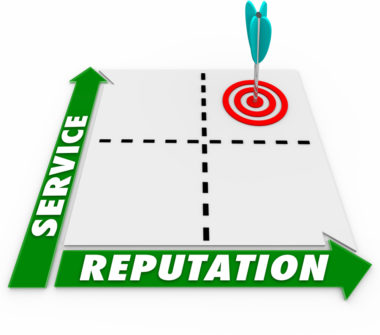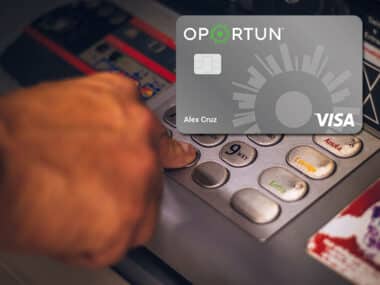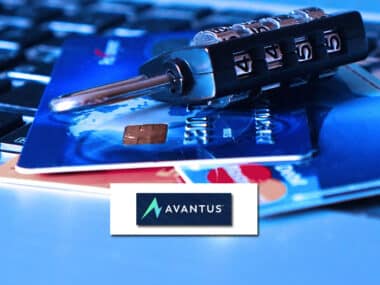For many people, their first loan is a student loan. Because these loans are so common, many people have the opportunity to refinance these loans at some point after graduation.
There are several reasons that you would want to refinance a student loan. After refinancing, you could qualify for lower interest rates or lower monthly payments. In some cases, you may be able to get loan terms that help you pay off your loan faster so that you can have more income for other expenses, such as a mortgage.
Some people refinance a student loan so that they can prepare to purchase a home. Lower monthly payments on a student loan can decrease your debt-to-income ratio. This ratio is critical when you apply for a mortgage. Sometimes, student loans can raise the debt-to-income ratio above 43%, which is the maximum allowed by most mortgage providers.
Refinancing is a great idea, but getting favorable terms usually requires having a good credit score. Refinancing is a challenge for people who have a poor credit score. With a bad enough credit score, you may not be able to qualify for any refinancing options. If this happens, you may feel like you will always be stuck with your current student loans.
Fortunately, there are some options for people with bad credit who want to refinance their student loans and gain more favorable terms and more manageable monthly payments.
Table of Contents
Utilize a Cosigner
The easiest way to refinance if you have bad credit is to convince someone to act as a cosigner. A cosigner is someone with a good credit history who agrees to sign the loan with you. Because they act as a guarantor, the lender has to assume less risk and is willing to provide better terms.
Someone with a student loan can ask a parent, family member, or trusted friend to act as a cosigner.
The cosigner has to assume some risk, however. They are guaranteeing that the loan will get paid. If the borrower does not make the payments, the cosigner either has to cover the payments or be responsible for the default. Late payments or a default could potentially ruin their creditworthiness and make it impossible for them to get loans in the future without first repairing their credit.
Once you improve your credit score and can qualify for the loan on your own, you may be able to remove the cosigner so that they are no longer obligated to ensure the loan gets repaid.
Compare Lenders
Loan terms and qualification requirements can vary from lender to lender. Some lenders may provide beneficial terms to people with student loans. Sometimes, you may be able to shop around and find a lender that offers terms and conditions that could be an improvement compared to your current student loan.
Typically, you will look at the rates, repayment term, and monthly payments to see if you can improve your financial situation with a new loan. Even if you have a cosigner, you will want to compare lenders and find an interest rate or payment terms that are lower than your current loan.
If you can get a longer-term loan and more-favorable monthly payment amounts, you may have to accept a higher interest rate. You will have to decide if this trade-off is worthwhile.
Federal Student Loan Refinance Options
You can also look at options from the federal government. With these options, you may be able to change your payment terms without a cosigner.
The government offers programs that can help students in all types of financial situations manage their student loan repayments. These programs are different from refinancing with a private lender, and some offer an alternative to refinancing. In most cases, these programs are only for government student loans rather than private loans. Such offers are one of the biggest advantages of getting federal loans instead of private loans to pay for college.
Student Loan Consolidation for Bad Credit
The U.S. Department of Education offers students the chance to consolidate their loans rather than refinancing. With consolidation, you do not need to apply for a new loan, so having bad credit does not disqualify you. The goal of consolidation is to combine multiple loans into one so that you can manage monthly payments more efficiently.
The government’s Direct Consolidation Loans program is only for federal loans. If you have student loans from private sources, they do not qualify. The interest rate for these consolidated loans is the weighted average of the interest rates of the different loans.
Income-Driven Repayment Plan
Another government loan option comes from the Income-Driven Repayment Plans. These programs have several advantages. First, your monthly payment gets based on your current income. If you are making less money, you may be able to get more manageable payments.
The issue with these programs — the Pay As You Earn Repayment Plan (PAYE Plan), Revised Pay As You Earn Repayment Plan (REPAYE Plan), Income-Based Repayment Plan (IBR Plan), and Income-Contingent Repayment Plan (ICR Plan) — is that they have rather long terms. You will need to repay your loan for 20 or 25 years. You also need to provide proof of your discretionary income each year. The amount you pay will get based on this income.
The advantage of PAYE and its peers is that you will not have payments that are beyond your means. If you make payments on time during the loan term, then any remaining balance gets forgiven at the end of the term.
Improve Your Credit
If you are unable to refinance your student loan, or you cannot find a lender offering you agreeable terms, you can keep your current loan and make an effort to improve your credit so that you can eventually qualify for loans with better terms.
There are several ways that you can improve your credit score and qualify for better loans. If you cannot refinance, you likely have a fair or poor credit score. A few simple steps can bring this score to the “good” or “very good” ranges, which will allow you to qualify for refinancing.
- You can pay down existing debt. If possible, you can pay down current credit card debt, which will decrease your debt utilization ratio. The debt utilization ratio is the amount of money that you owe compared to your credit limit. If you have a poor credit score, your debt utilization ratio is typically very high. Paying down existing debt without building new debt can lower this ratio and increase your credit score.
- Make sure you make your payments on time. The other important factor in a credit score is your payment history. Even a few late payments on a credit card bill or loan can significantly drop your score. You can set up automatic payments to ensure that you do not have any more late payments on your record.
- Get a secured credit card. If you need to build a positive credit history, but you can’t qualify for any loans or credit cards, you should get a secured credit card. This card requires a security deposit, but you can use it to build a positive history by making small purchases and paying them off each month. The issuers of these cards usually report monthly to the major credit bureaus, so you can quickly build a positive history.
Image Source: https://depositphotos.com/





